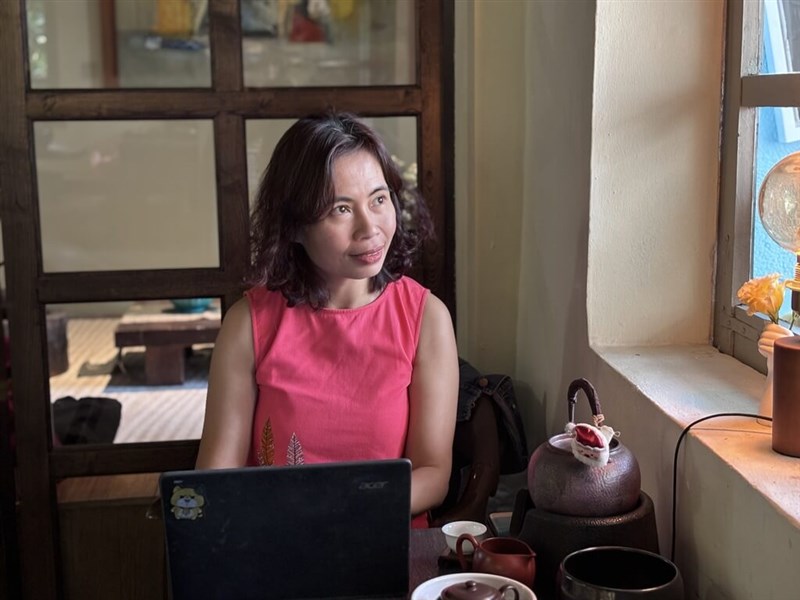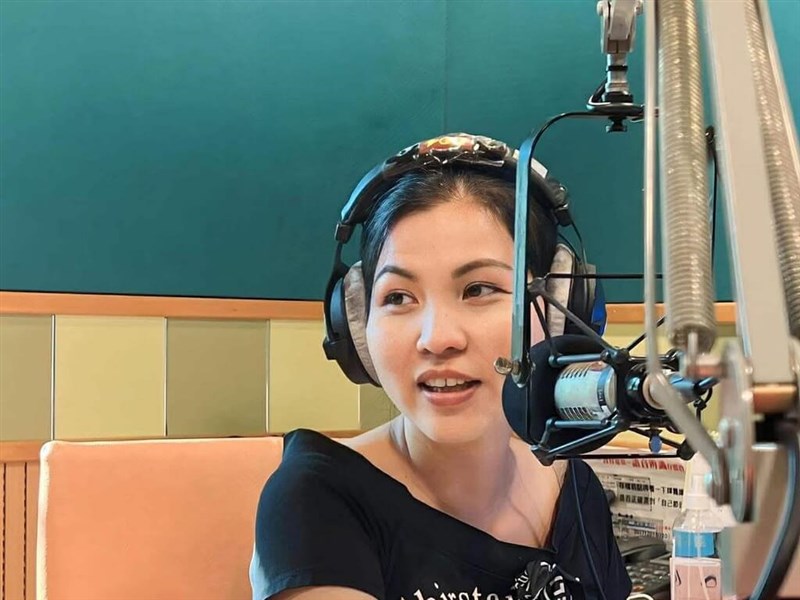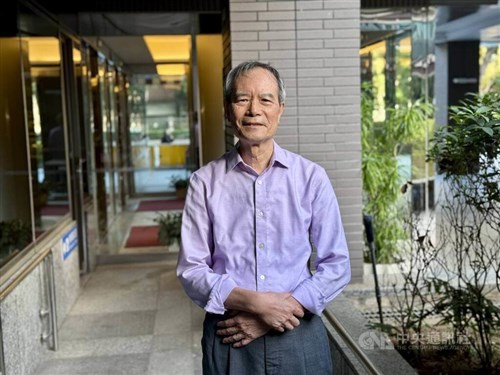When you step into the Michelin two-star restaurant RAW in Taipei, the eye is immediately drawn to portraits of smiling chefs, most notably that of André Chiang (江振誠), one of Taiwan's best-known chefs and founder of the restaurant run by a team averaging just 25 years old.
(Full text of the story is now in CNA English news archive. To view the full story, you will need to be a subscribed member of the CNA archive. To subscribe, please read here.)
More in INTERVIEW
![Vietnamese author Trang Hạ embraces life-changing lessons learned in Taiwan]() Vietnamese author Trang Hạ embraces life-changing lessons learned in TaiwanBefore she first set foot in Taiwan in 2003 for an exchange program, Nguyễn Thị Hoa was already gaining recognition as a writer in Vietnam under her pen name, Trang Hạ, having received a few literary awards.12/27/2025 04:58 PM
Vietnamese author Trang Hạ embraces life-changing lessons learned in TaiwanBefore she first set foot in Taiwan in 2003 for an exchange program, Nguyễn Thị Hoa was already gaining recognition as a writer in Vietnam under her pen name, Trang Hạ, having received a few literary awards.12/27/2025 04:58 PM![When life takes a 'left-handed' turn: Vietnamese realizes acting dream in Taiwan]() When life takes a 'left-handed' turn: Vietnamese realizes acting dream in TaiwanVietnamese actress Trần Thu Liễu, also known by her Chinese name Chen Chiu-liu (陳秋柳), has realized her acting dream in Taiwan, a place she has called home for more than two decades.12/22/2025 02:46 PM
When life takes a 'left-handed' turn: Vietnamese realizes acting dream in TaiwanVietnamese actress Trần Thu Liễu, also known by her Chinese name Chen Chiu-liu (陳秋柳), has realized her acting dream in Taiwan, a place she has called home for more than two decades.12/22/2025 02:46 PM![New translation of 'The Canterbury Tales' marks milestone in Taiwan medieval studies]() New translation of 'The Canterbury Tales' marks milestone in Taiwan medieval studiesGeoffrey Chaucer is known as the "Father of English Literature" or the "Father of English Poetry" for his medieval classic "The Canterbury Tales," a work that encouraged writers of his time to write in Middle English rather than French.12/22/2025 12:11 PM
New translation of 'The Canterbury Tales' marks milestone in Taiwan medieval studiesGeoffrey Chaucer is known as the "Father of English Literature" or the "Father of English Poetry" for his medieval classic "The Canterbury Tales," a work that encouraged writers of his time to write in Middle English rather than French.12/22/2025 12:11 PM
Latest
- Society
Cold air mass to weaken in Taiwan on Sunday but another round expected
01/03/2026 12:25 PM - Society
Taiwan headline news
01/03/2026 11:23 AM - Society
- Politics
Former President Chen to host show on Mirror TV's YouTube channel
01/02/2026 09:28 PM - Politics
Ex-VP Chen Chien-jen to serve as Academia Sinica head starting June
01/02/2026 09:07 PM


